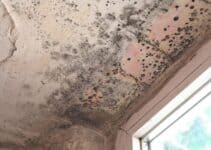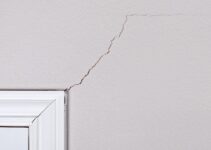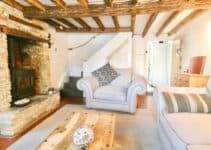Cottage flooring often has to stand up to a fair amount of punishment. Muddy boots, wet dogs, kitchen spills, sandy beach towels, not to mention temperature changes across the four seasons – all can take a toll on poorly chosen floor types.
So what style of flooring is best for your particular cottage needs? Luxury Plank Vinyl (LPV) is often seen as one of the most versatile and resilient options out there, with designs that can rival authentic hardwood.
That being said, engineered hardwood, or even traditional ceramics or stone, might be an option for those looking for a timeless look and feel.
You may find yourself considering laminate flooring as an affordable option, or solid hardwood for the most authentic, traditional style going.
Due to their vulnerability to humidity, water, and temperature changes, you might want to think twice before opting for one of these.
That being said, each cottage flooring option comes with its advantages and disadvantages. Today, we’ll be breaking down some of the most common options to see which might work best for your cottage.
Should I Put Hardwood Floors in my Cottage?
Let’s start with the flooring that many property owners looking for an authentic style will gravitate towards.
True – traditional, hardwood flooring might struggle to be beaten in terms of its traditional feel and texture underfoot, but it’s an expensive and potentially problematic choice for a cottage.
Traditional hardwood floors can react poorly to sudden temperature changes, can suffer water damage easily, and are prone to scratches and scrapes.
Cottage Style Floors
If your cottage is likely to become humid in the vacant months, or is going to have footfall from pets, children, or visiting tenants, you might want to consider a tougher and cheaper alternative.
Engineered hardwood is slightly different from pure hardwood flooring and often proves a tougher, more versatile option. With engineered hardwood, a plywood subsurface is usually covered by a thin layer of authentic hardwood and veneer.
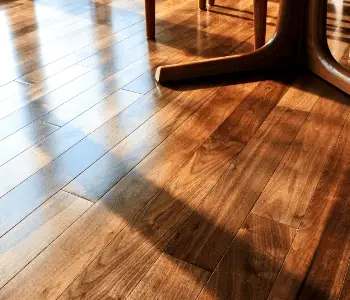
This gives you some of the authentic, wooden feel of a traditional hardwood floor, whilst standing up better to humid environments and temperature changes.
Engineered hardwood is still wood which means, despite the veneer, it is going to be somewhat vulnerable to extreme water spillage, scrapes, and dents.
Nevertheless, cottage owners looking for a traditional wooden feel under their feet may find this a wiser, tougher, and more affordable choice than pure hardwood flooring, it is certainly more traditional cottage style flooring.
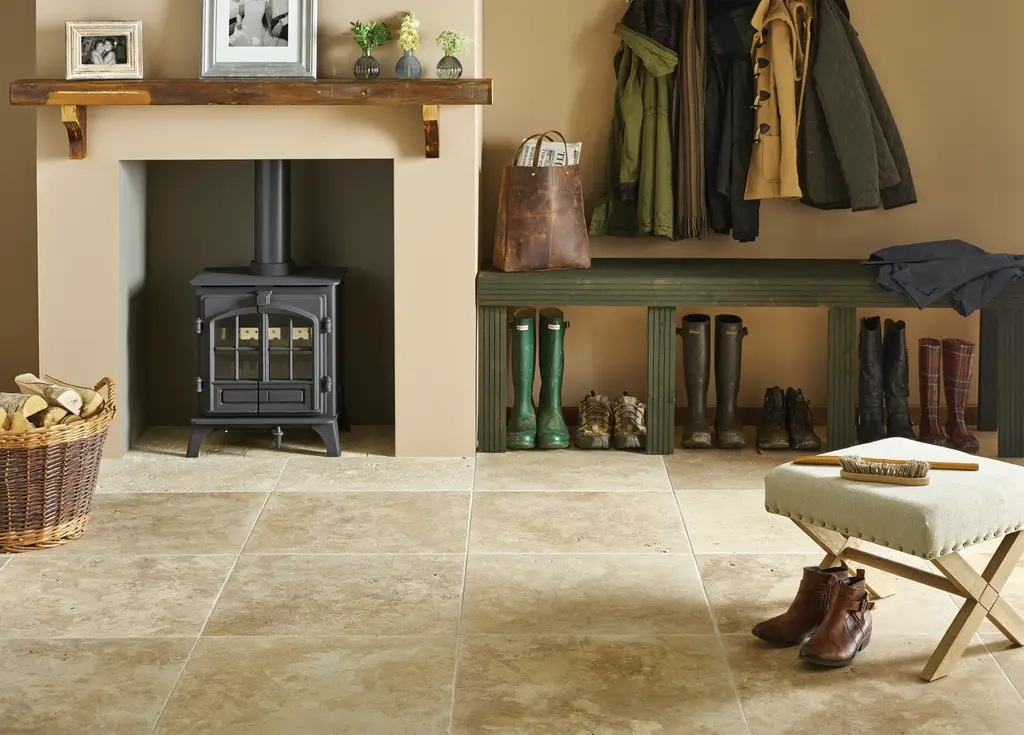
What Type of Flooring is Best for Unheated Cottage?
Luxury Vinyl Plank, or LVP, is becoming an increasingly popular option for all sorts of domestic and commercial settings. This is largely due to its versatility, toughness, and range of attractive design features.
LVP is effectively a thicker, more durable version of traditional vinyl flooring, usually sold in planks or tiles that slot together on top of your floor without the need for adhesive or nails.
Good brands will be waterproof and should stand up well to temperature changes in an unheated cottage.
Some homeowners are put off by the synthetic nature of LVP, which is admittedly an inescapable feature of this flooring style.
That being said, modern engineering and design techniques have come a long way since LVP’s emergence in the late 70s and 80s.
DIY-ers can now choose from a whole host of attractive and often very realistic top-layers that mimic hardwood and other natural materials in their design.
LVP is also scratch resistant, easier to replace, and stands up to all sorts of footfall, furniture scraping, and water spillage.
For cottages where pets, children, or visiting tenants are stampeding to and fro, LVP might be the easiest to keep looking fresh. It’s also very easy to wipe down, hoover, and clean.
Are Ceramic or Stone Tiles Good for Cottage Flooring?
Ceramics and stone tiles might also be considered by those looking for an authentic, rustic feel. Though they’re less likely to be DIY friendly, they might hold advantages for certain areas in the home.
Ceramic and stone is great for cottages that you want to keep cool in the summer. These chilled surfaces can offer some blessed relief during the hottest months.
They also stand up well to mud, sand, gravel, and other dust from outside. When properly sealed, their waterproof properties and tough substance make them attractive, natural options for bathrooms, entry passages, mudrooms, and kitchens.
However, improperly laid tiling can result in cracks appearing at a later stage, and all ceramics are vulnerable to chips and accidental damage from dropped items.
Grouting between tiles can also warp and crack if exposed to repeated, extreme changes in temperature, which will in turn limit the waterproofing capabilities of the floor.
Stone and ceramic tiles are also usually a more costly option than manufactured, synthetic materials.

What Flooring Should I Avoid For a Cottage?
Laminate flooring is usually the name given to thin, manufactured fiberboard covered by a protective and decorative design layer.
It is often the most affordable option out there, and comes in a variety of visual styles, but is vulnerable to water spillage as well as humidity. You often get what you pay for when it comes to laminate and the cheapest options out there may warp and swell relatively easily.
Carpets can be warm and snug, especially in bedroom or living areas, but if your cottage dwellers are likely to be bringing in mud, sand, and dirt from the outdoors, think about the clean up operation afterwards.
What’s more, if a cottage is going to be left vacant and at risk of damp for large sections of the year, carpets are going to be more vulnerable to mildew and mould.


